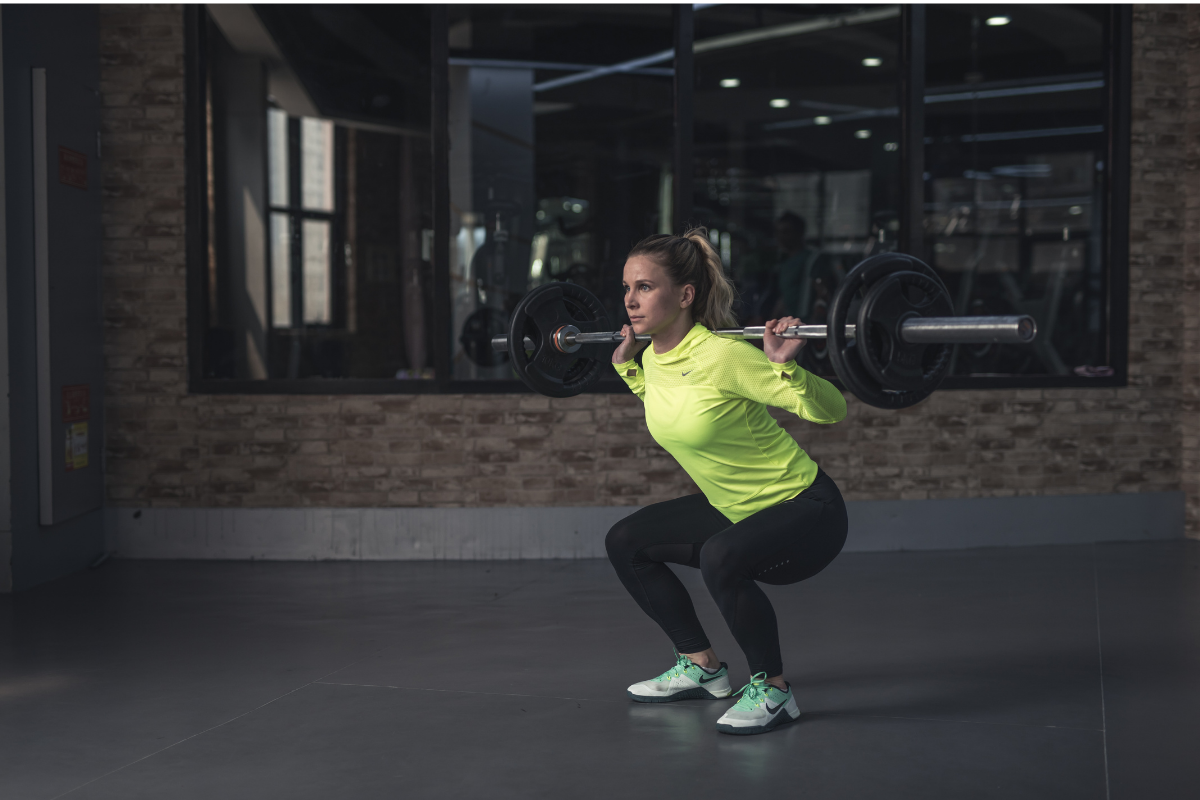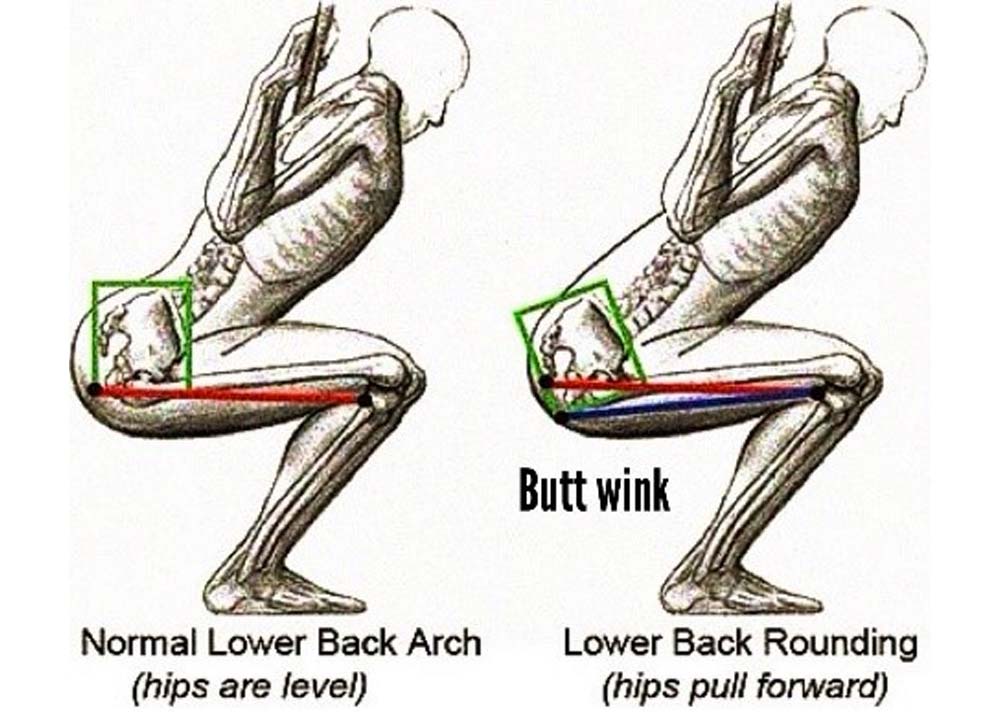Did you know that most athletes don’t perform their squats correctly? Regardless of the variation, most of us rely too much on the quadriceps at the expense of the glutes. When combined with poor core stability during the movement, it can result in significant back pain.
#1 REMEMBER TO MAINTAIN CORE STABILITY
To perform a squat correctly, you need to bend your knees and activate the anterior chain (quadriceps). You should also engage your glutes to lift the bar. Throughout the entire exercise, it’s important to maintain core stability and activate your core muscles to protect your spine. In fact, during a proper squat, the spine is always in a neutral position.
#2 UNFOLD YOUR ENTIRE BODY TOGETHER
A poor squat is characterized by an uneven movement. Similar to the deadlift, your body should unfold linearly. Unfortunately, it is still common to see people pushing with their legs first and then using their back, or even worse, doing it the other way around.
#3 Engage your glutes
Many people are “quad dominant,” meaning they rely too much on their quadriceps and neglect their glutes. This imbalance can cause a forward shift and increase knee compression. Not only can this limit your performance, but it also increases the risk of injury. So, make sure to activate your glutes properly.
#4 Be mindful of the buttwink
In the realm of bad squats, there’s the final boss: the buttwink. Despite its amusing name, the buttwink is the worst enemy for your back. It refers to a posterior pelvic tilt, where at the bottom of the movement, instead of maintaining a straight spine, you tend to round your lower back. This is caused by a lack of hip mobility and back control. Even a single misaligned vertebra can disrupt the mechanism, leading to problems.
#5 Consult a physiotherapist
In the case of experiencing the buttwink, it is advisable to consult a physiotherapist. They will likely recommend descending slightly less during your squats. It is understood that this may temporarily affect performance. However, it is a necessary step to rehabilitate your hips and back, allowing them to become strong enough to eventually perform deeper squats. For athletes, the physiotherapist may also suggest reducing the load. The physiotherapist will provide you with specific exercises to strengthen the affected areas, which you can perform at home or at the gym.
If you are experiencing back pain during squats, it is recommended to reach out to our team. Our physiotherapists will attentively listen to your issue and provide the best possible care for your needs.



